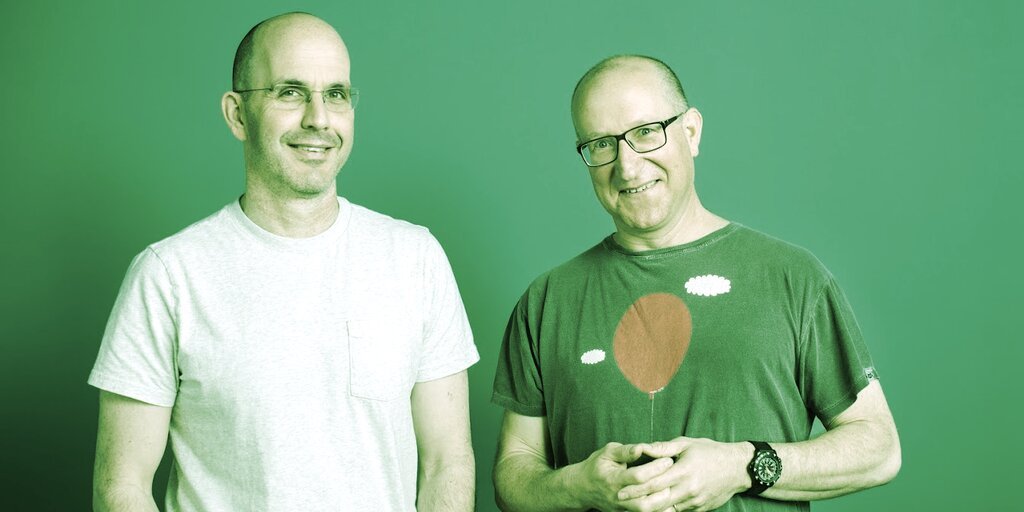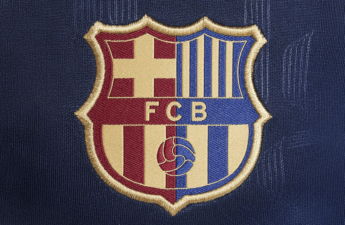StarkWare’s President Eli Ben-Sasson said last month’s merge event was like “watching the Webb Telescope unfold,” comparing Ethereum’s historic upgrade with the launch of the largest optical telescope in space.
It was “inspiring to see a complex process executed seamlessly when so many steps could’ve gone wrong,” and “the cost of failure could’ve been immense,” he added.
Last month, crypto’s second-largest crypto network by market capitalization transitioned from its energy-intensive proof-of-work (PoW) consensus mechanism to a proof-of-stake (PoS) mechanism.
The upgrade was years in the making, too.
And besides cutting out mining from Ethereum and making the blockchain more environmentally friendly, it delivered a key message.
According to Ben-Sasson, it not only proved that Ethereum is capable of serious updates but also gave developers more confidence in their ability to execute the next parts of the upgrade and laid important groundwork for scaling solutions like StarkWare.
“The merge sets a precedent for further change on Ethereum,” Ben-Sasson told Decrypt. “That’s exciting for us, as we’re working on scaling in ways that have seemed to some hard to imagine. We now see that big changes are possible.”
StarkWare, the Israeli-based company which is developing Ethereum layer-2 scaling solutions StarkEx and StarkNet, aims to scale the network using zero-knowledge rollups, and is now bracing itself for some big updates, too, with two major milestones on the horizon.
First, there’s Cairo 1.0, the recently announced upgrade of the native smart contract language for StarkNet.
“Cairo 1.0 is a safer, more performant high-level language for writing all things Stark,” said the StarkWare president. “It’s now finalized and should be rolled out by the end of this year.”
After that, the team will execute a relaunch of StarkNet on the Ethereum mainnet called Regensis.
These two updates are set to improve the network’s Denial-of-Service (DoS) protection and censorship resistance, as well as make gas fees on the layer-2 network far more intuitive for users and developers.
Even this, though, is preparatory for an even larger update for the scaling technology.
What is ‘layer-3’ scaling?
Cutting-edge technologies are a hotbed for complex jargon and crypto is no different.
After mainnet, came layer-2 scaling solutions, like Arbitrum, Optimism, and StarkWare. And just as the community has finally grasped these new terms and firms, the scaling gurus introduce yet another layer.
Layer-3 scaling, which would offer a host of benefits, including hyper-scalability, improving the speed at which new features can be added, and enhanced privacy, was first introduced by StarkWare in December last year and recently discussed by Vitalik Buterin.
The Ethereum co-creator described the vision as “fundamentally reasonable” from the use case point of view—even though he argues that the goals could potentially be accomplished by other means, not necessarily through a dedicated platform.
Speaking on how layer-3 would work in practical terms, how it would communicate with layer-2, and—importantly—how secure such architecture would be, Ben-Sasson compared Ethereum to a computer that “is very trusted, very safe, but also very slow.”
“The way layer-2 works is that we have this mathematical technology called Starks, which we invented and honed, and which allows you to take a weak computer and have its integrity and security checked against a much vaster amount of computation,” he said. “Basically, our layer-2 is like tethering this much bigger ecosystem to Ethereum and having this bigger ecosystem have the same security as Ethereum because of the math of Starks,” said Ben-Sasson.
StarkWare’s layered ecosystem. Image: StarkWare.
There’s also a small, very secure foundation on which, according to the StarkWare president, “we can grow something like a tree, but on each one of the leaves of this tree we can start to grow another tree using the same mathematical security. And that is exactly what layer-3 is.”
To sum it up, Ethereum is used to check the security of the entire layer-2, which gives exponential scale, and layer-2, or a small fraction of the computation on this layer, is then used to check the security of something much bigger, like this third layer of computation.
“The math means that both L2 [layer-2] and L3 [layer-3] have the same security as Ethereum,” said Ben-Sasson.
StarkWare’s boss admitted though that in terms of UX and application specifics, there’s a certain trade-off between this evergrowing computation layer cake.
“Layer-3 is going to be much faster for specific applications like payments, NFTs or gaming, but if you want interoperability and composability you are probably better off with layer-2,” he said. “We’ll probably see some mix of these things: some things are going to be only on layer-2 and some things will mix layer-2 and layer-3.”
StarkWare’s token launch
Back in July, StarkWare shared plans to launch a native token, initially slated for September.
The launch, however, has now been delayed, according to Ben-Sasson.
“Initially, we hoped it would be September, but we want to make it a little bit better in terms of the Solidity contract, so it’s actually been delayed by a month and it’ll go on-chain within this month of October,” said Ben-Sasson.
There will be no free token for users initially though, as all tokens will be immediately locked after the launch, with “provisions for teams that are going on a long journey,” he noted.
“The main thing we want to achieve with the token is that developers that are doing the most of the work and making the network sustainable will be rewarded,” said Ben-Sasson. “We want this to happen at the protocol level, but we also want this to happen through a sequence of allocations and distributions, mostly done by the Foundation. And formation of the Foundation will also be announced very shortly.”
StarkWare team. Image: StarkWare
Ben-Sasson also praised the “grassroots movement of serious developed teams” that come to the StarkWare ecosystem thanks to the team’s approach to grants distribution.
Referring to other blockchain projects that may attract developers with tokens granted for essentially porting existing code to a network, Ben-Sasson stressed that StarkWare is doing things cmuch differently.
“We certainly don’t give grants for just copy-pasting stuff. In fact, you need to rewrite a lot of the parts of it in Cairo for it to work,” he said. “And this force [of developers] is rising very rapidly and very strongly, it’s like a huge wave that is coming and going to wash the blockchain world away in a good way.”



